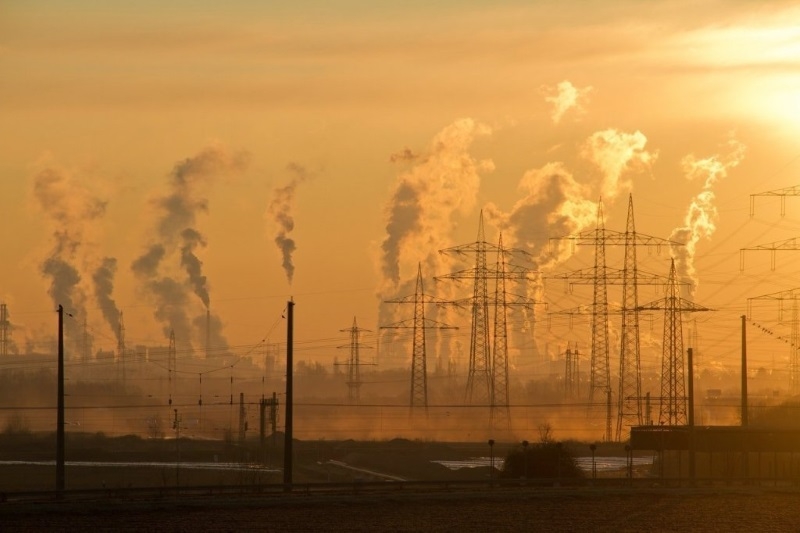Way ahead of commitment! India’s non-fossil power generation capacity will touch to 45% by 2022

New Delhi, May 18: India’s commitment to Paris agreement is one of the most appreciated efforts by India in non-fossil power generation. Advancing this commitment, yet another report indicated that India is achieving the commitment it made as part of the Paris agreement. This report comes from Moody’s, the global credit rating agency.
As per Moody’s report “Power Asia- Climate goals, declining costs of renewables signal decreasing reliance on coal power” stated, India would likely see the share of non-fossil fuel power generation capacity to 45% by 2022 against the commitment of 40% by the same year.
And most importantly, this is not the 1st time that India has been projected to overachieve on its Paris Agreement pledges.
The report further stated, the share of coal-based power generation in India would fall to 57% by 2030. The share of coal would decline in the country’s power mix due to the government’s focus on large-scale renewable energy projects.
India already set an aim to have 175 gigawatts of renewable energy capacity operational by March 2022. This target is further extended to 500 gigawatts by 2030. By that year the share of renewable energy capacity would likely reach 59% from the current 22%.
At the end of 2018, the share of renewable energy technologies in India’s installed capacity base was 22% while the share of all non-fossil fuel technologies was 36%. The share of fossil fuel-based capacity has been on the decline in India for the last few years with the focus shifting towards solar and wind energy.
The share of fossil fuel-based capacity declined from 69.8% at the end of 2015 to 63.5% at the end of 2018. The share of solar power capacity increased from 1.5% to 7.4% and the share of all renewable energy capacity increased from 13.1% to 22.1% during the same period. The share of other non-fossil fuel power generation technologies (nuclear and large hydropower) actually declined during this period.
As of March 2019, the total fossil fuel power generation capacity stood at 226 gigawatts while the total non-fossil fuel power generation capacity was 130 gigawatts.
Similarly, the share of renewable energy technologies has also increased sharply over the last few quarters in the power generation mix. The share of renewable energy technologies increased from 5.6% at the end of March 2015 to 9.2% at the end of March 2019. The combined share of solar and wind energy in the generation mix more than doubled from 3.4% to 7.4% during this period. The overall share of non-fossil fuel technologies increased from 19.6% at the end of March 2015 to 22.6% at the end of March 2019.
In coming years, the Ministry of New and Renewable Energy plans to auction 60 gigawatts solar power and 20 gigawatts of wind energy capacity by March 2020. Further, India has also announced plans to auction 30 gigawatts of solar power and 10 gigawatts of wind energy capacity every year between 2020 and 2028.